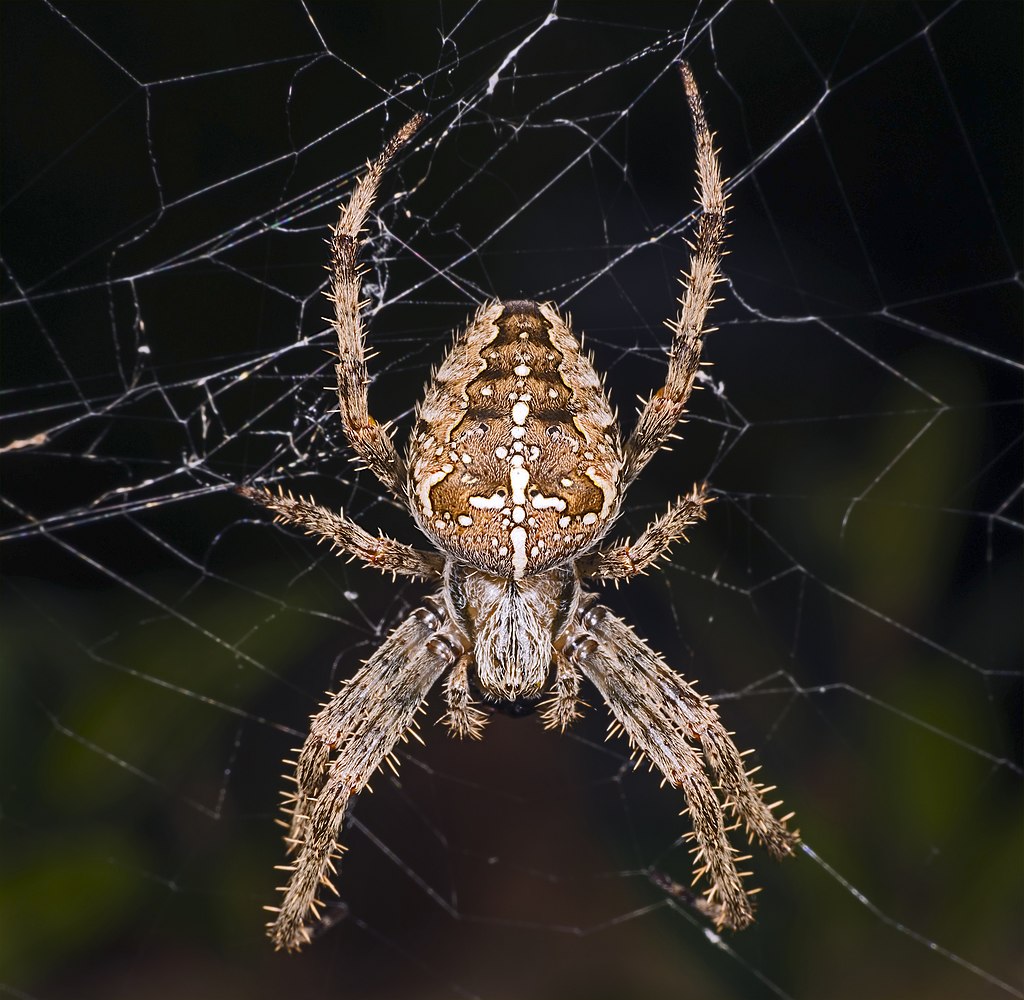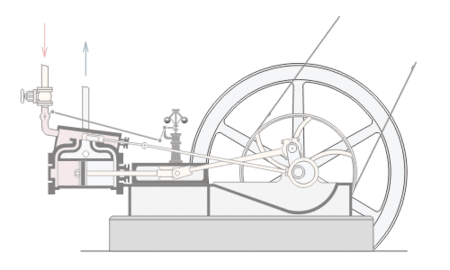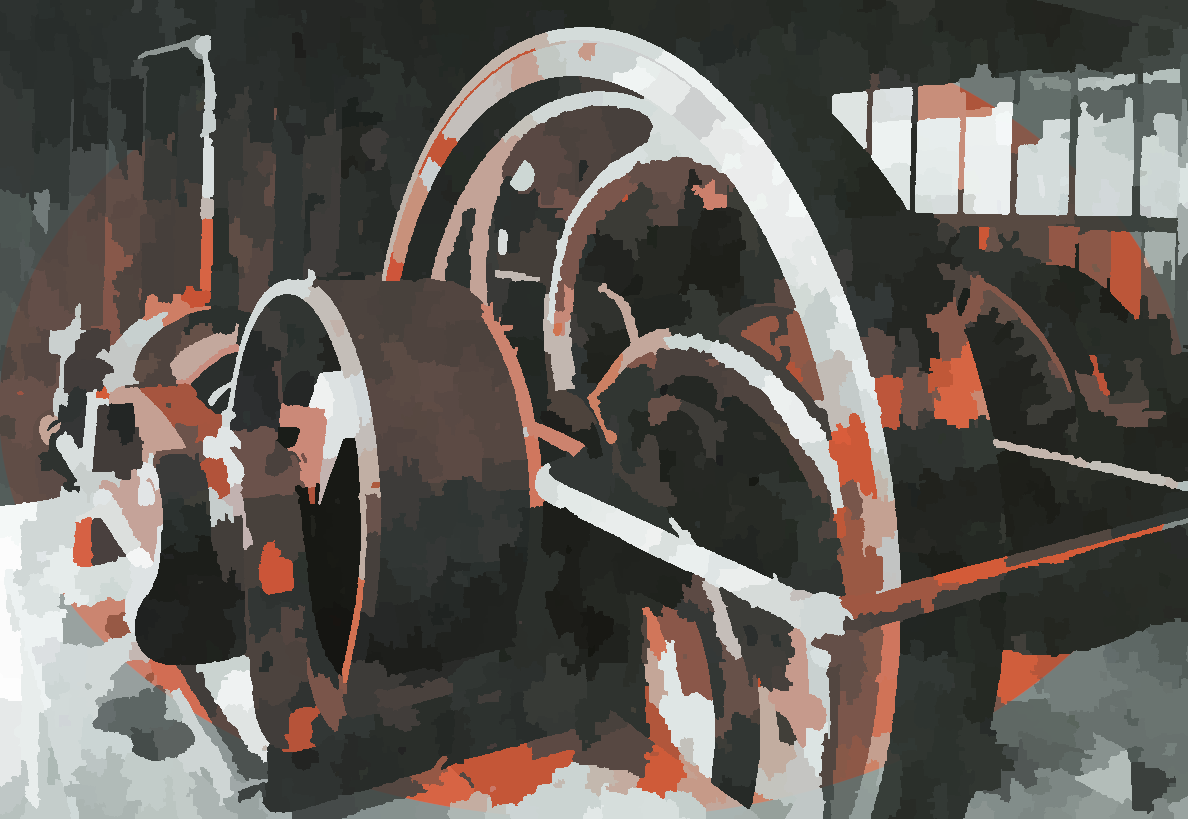TITLE: Spiders Orb Cross Weaver Garden Herstmonceux,
Sussex wildlife Copyright Miss Ocean 24 Sept 2023.
DESCRIPTION: A Cross Orb Weaver spider at Lime Park in September 2023. Commentary by
Miss Ocean, Friend of
Herstmonceux Museum (Youth). A very pretty garden spider, in natural country setting in
Sussex. This was the first ever
attempted YouTube video recording of a young nature enthusiast, with no editing.
Like
most people, we tend to stay clear of spiders. Mainly, because they can
bite you. It's a human thing. But Miss Ocean very bravely found and
filmed this specimen. She cannot imagine what a tarantula
might be like, or a black-widow.
Miss
Ocean is a
(youth) wildlife and nature conservationist, who made this charming un-edited
short film, of a Cross-Orb, or Orb-Weaver, European garden spider, when visiting
Herstmonceux Museum on Sunday 24th of September 2023 in the late
afternoon.
The
film was made on an ordinary Samsung Galaxy mobile phone, where you can
see the difficulty of focusing in on a small spider, against backgrounds
various. Especially, trying to film at the front and back of a web, all
in one take. Not a good idea.
On
this same afternoon, Miss Ocean spotted a rather stunning Heron, perched
on a branch, overlooking the larger of two ponds, as she was travelling
into Lime
Park by (eco) motor car. She wanted to film it, but the large beaked
bird flew away before she had the chance to get out of the car and find
a camera.
Miss
Ocean is keen on sports and modern music. And very concerned about the
environment.

Stunning
camouflage. This spider spins webs over large distances, typically
sitting in the middle of her web, just waiting for a fly or other insect
to pay her a visit, and provide a nourishing meal.
Spiders (order Araneae) are air-breathing arthropods that have eight legs, chelicerae with fangs generally able to inject venom, and spinnerets that extrude silk. They are the largest order of arachnids and rank seventh in total species diversity among all orders of organisms. Spiders are found worldwide on every continent except for
Antarctica, and have become established in nearly every land habitat. As of August 2022, 50,356 spider species in 132 families have been recorded by taxonomists.
Unlike insects, spiders do not have antennae. Spiders have no extensor muscles in their limbs and instead extend them by hydraulic pressure.
Spiders use a wide range of strategies to capture prey: trapping it in sticky webs, lassoing it with sticky bolas, mimicking the prey to avoid detection, or running it down. Most detect prey mainly by sensing vibrations, but the active hunters have acute vision, and hunters of the genus Portia show signs of intelligence in their choice of tactics and ability to develop new ones. Spiders' guts are too narrow to take solids, so they liquefy their food by flooding it with digestive enzymes. They also grind food with the bases of their pedipalps, as arachnids do not have the mandibles that crustaceans and insects have.
To avoid being eaten by the females, which are typically much larger, male spiders identify themselves to potential mates by a variety of complex courtship rituals. Males of most species survive a few matings, limited mainly by their short life spans. Females weave silk egg-cases, each of which may contain hundreds of eggs. Females of many species care for their young, for example by carrying them around or by sharing food with them. A minority of species are social, building communal webs that may house anywhere from a few to 50,000 individuals. Social behavior ranges from precarious toleration, as in the widow spiders, to co-operative hunting and food-sharing. Although most spiders live for at most two years, tarantulas and other mygalomorph spiders can live up to 25 years in captivity.
While the venom of a few species is dangerous to humans, scientists are now researching the use of spider venom in medicine and as non-polluting pesticides. Spider silk provides a combination of lightness, strength and elasticity that is superior to that of synthetic materials, and spider silk genes have been inserted into mammals and plants to see if these can be used as silk factories. As a result of their wide range of behaviors, spiders have become common symbols in art and mythology symbolizing various combinations of patience, cruelty and creative powers. An irrational fear of spiders is called arachnophobia.
ARACHNOPHOBIA
People with arachnophobia tend to feel uneasy in any area they believe could harbour spiders or that has visible signs of their presence, such as webs. If arachnophobes see a spider, they may not enter the general vicinity until they have overcome the panic attack that is often associated with their phobia. Some people scream, cry, have emotional outbursts, experience trouble breathing, sweat and experience increased heart rates when they come in contact with an area near spiders or their webs. In some extreme cases, even a picture, a toy, or a realistic drawing of a spider can trigger intense fear.
But then, they are creepy crawly things. With the really big and hairy ones being the most frightening. Some people cannot even touch a photograph of a spider.
The fear of spiders can be treated by any of the general techniques suggested for specific phobias. The first line of treatment is systematic desensitization – also known as exposure therapy. Before engaging in systematic desensitization, it is common to train the individual with arachnophobia in relaxation techniques, which will help keep the patient calm.
It has been suggested that exposure to short clips from the Spider-Man movies may help to reduce an individual's arachnophobia. Arachnophobia affects 3.5 to 6.1 percent of the global population.
THE EUROPEAN GARDEN SPIDER
The spider species Araneus diadematus is commonly called the European garden spider, cross orbweaver, diadem spider, orangie, cross spider, and crowned orb weaver. It is sometimes called the pumpkin spider, although this name is also used for a different species, Araneus marmoreus. It is an orb-weaver spider found in Europe, where it is native, and North America, where it was introduced.
Individual spiders' colourings can range from extremely light yellow to very dark grey, but all A. diadematus spiders have mottled white markings across the dorsal abdomen, with four or more segments forming a cross. The markings are formed in cells filled with guanine, which is a byproduct of protein metabolism.
Adult females range in length from 6.5 to 20 mm (0.26 to 0.79 in), while males range from 5.5 to 13 mm (0.22 to 0.51 in). Occasionally, the female will eat the male directly after mating.
The legs of orb-weaver spiders are specialized for spinning orb webs. The webs are built by the larger females, which hang head down in the center of the web or remain hidden in nearby foliage, with one claw hooked to a signal line connected to the main orb, waiting for a disturbance to signal the arrival of prey. Prey is then quickly wrapped in silk and bitten, and the prey may hang on the web to be stored for later consumption. The initial bite serves to paralyze the prey and minimize the danger of the spider herself being stung or bitten, and the enzymes thus injected serve to begin liquefaction of the prey's internal structures.
Alongside the use of the web to capture other prey, the spiders are also cannibals and prey on each other, but this only happens just before, during, or just after sexual activity. They attack based on their size, sexual experience, and hunger levels.
A. diadematus is a reclusive creature and only bites humans if cornered or otherwise provoked. It responds to a disturbance by vibrating rapidly in its web until it becomes a blur, a reaction that is assumed to confuse potential predators.
GUANINE
In the cosmetics industry, crystalline guanine is used as an additive to various products (e.g., shampoos), where it provides a pearly iridescent effect. It is also used in metallic paints and simulated pearls and
plastics. It provides shimmering luster to eye shadow and nail polish. Facial treatments using the droppings, or guano, from Japanese nightingales have been used in Japan and elsewhere, because the guanine in the droppings makes the skin look paler. Guanine crystals are rhombic platelets composed of multiple transparent layers, but they have a high index of refraction that partially reflects and transmits light from layer to layer, thus producing a pearly luster. It can be applied by spray, painting, or dipping. It may irritate the eyes. Its alternatives are mica, faux
pearl (from ground shells), and aluminium and bronze particles.
Guanine has a very wide variety of biological uses that include a range of functions ranging in both complexity and versatility. These include camouflage, display, and vision among other purposes.
Spiders, scorpions, and some amphibians convert
ammonia, as a product of protein metabolism in the cells, to guanine, as it can be excreted with minimal
water loss.
Guanine is also found in specialized skin cells of fish called iridocytes (e.g., the sturgeon), as well as being present in the reflective deposits of the eyes of deep-sea fish and some reptiles, such as crocodiles and
chameleons.
On 8 August 2011, a report, based on NASA studies with meteorites found on Earth, was published suggesting building blocks of
DNA and RNA (guanine, adenine and related organic molecules) may have been formed extra-terrestrially in outer space.




